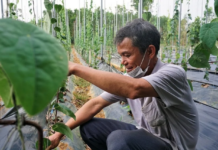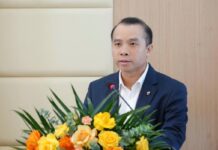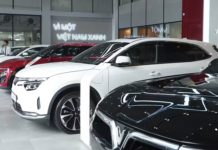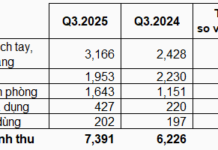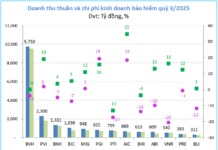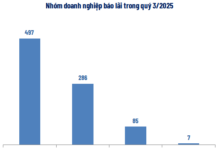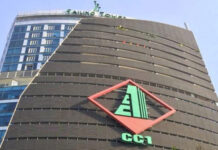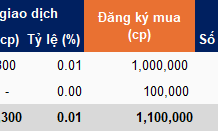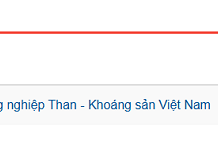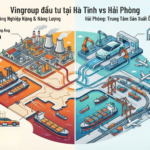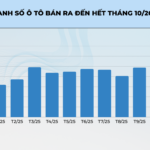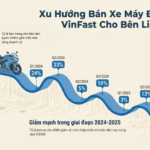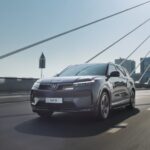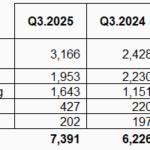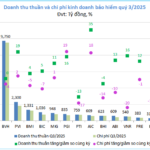A standout highlight is Vietnam, where VinFast dominates EV sales, while Chinese competitors lead in other ASEAN markets.
“The growth in Vietnam is truly a big surprise,” Akshay Prasad, a specialist at Arthur D. Little consulting firm, told Nikkei Asia.
 VinFast electric vehicles on display at a Hanoi showroom. This Vietnamese automaker leads Southeast Asia’s EV market, though most sales are domestic. © AP
|
According to PwC data, Vietnam’s total auto sales, including EVs and gasoline vehicles, rose 18% from January to September compared to the same period in 2024. EV sales surged by 84%.
VinFast, listed on Nasdaq, is ASEAN’s top EV brand, selling 110,362 units by September, outpacing BYD’s 70,000.
Regionally, PwC reports a 62% increase in EV deliveries in the first three quarters, but Malaysia and the Philippines lag among ASEAN’s six largest economies.
|
ASEAN EV Sales in the First 9 Months
|
Supply Chain and Production Challenges in ASEAN
Southeast Asia’s fragmented supply chains hinder EV manufacturing growth. Most countries aim for local production, but independent market operations stifle expansion, increasing the risk of “withdrawal or shutdown,” Prasad notes.
Patrick Ziechmann of PwC agrees ASEAN should unite as an auto manufacturing hub but admits this hasn’t materialized, despite low trade barriers. “Countries avoid imports due to trade deficit concerns, prioritizing domestic jobs and tech transfer opportunities,” he explains.
Liz Lee from Counterpoint Research believes ASEAN’s size and diversity allow multiple brands to thrive, offering new consumer opportunities. “Developing local EV ecosystems and supporting regional brands like Proton, Perodua, and VinFast could balance the market,” she says.
However, EV adoption lags in many ASEAN nations due to insufficient charging infrastructure. Thailand leads with 21 companies operating over 4,000 public stations, ranking second only to Singapore in PwC’s EV readiness assessment, according to Yossapong Laoonual of King Mongkut’s University of Technology Thonburi.
In Vietnam, the landscape differs: V-Green, a VinFast subsidiary, operates 3,000 stations, far outpacing competitors.
Yossapong recommends Vietnam adopt international charging standards for universal accessibility. Without this, Chinese brands may hesitate to enter, given VinFast’s dominance.
Conversely, Mohammad Mudasser of PwC Vietnam argues public charging isn’t a major barrier. Most users charge at home or work, making public stations less critical. “Convenience will be key in the future,” he stresses.
He predicts Chinese brands, known for performance and local partnerships (e.g., Chery with Geleximco, Wuling with TMT Motors), will gain traction. “In five years, the market will diversify, with more Chinese players entering,” Mohammad forecasts.
PwC reports ASEAN’s auto market shrank 1.5% in the first three quarters, primarily due to declining gasoline vehicle sales. Malaysia, ASEAN’s largest auto market in Q2, trails in EV adoption, with just 4.5% of new registrations by October, below the regional average of 17%, similar to the Philippines.
In Malaysia, high fuel prices and limited charging infrastructure favor gasoline vehicles. Still, EV registrations rose 44% year-on-year, led by BYD, Proton, Tesla, Zeekr, and BMW. Proton’s EV models captured 22% market share, targeting professionals and first-time buyers. Perodua, with 42% market share, plans to launch its EV in December, potentially expanding mass-market adoption.
In Indonesia, once ASEAN’s largest auto market, sales suffer from a shrinking middle class and tight credit. However, electric motorcycles are booming, with 2% of two-wheelers electric in 2023, projected to reach 30% by 2030, per the International Energy Agency.
Thailand faces economic slowdowns and tighter financing. Banks struggle to assess EV residual values, often rejecting loans without explanation, Prasad notes.
Despite this, EV registrations by October rose 8% compared to 2024, per the local auto association. As Chinese brands enter Thailand, once Asia’s “Detroit,” can local manufacturers keep pace?
“Many Chinese firms avoid Thai partnerships,” Yossapong observes. “Local brands must strengthen their R&D capabilities.”
Prasad suggests ASEAN nations leverage unique strengths: Indonesia’s nickel reserves for battery production, Thailand’s mechanical parts, and Malaysia’s electronics supply chains. “Or, as Yossapong says, ASEAN can collaborate collectively,” he concludes.
– 13:37 28/11/2025
Billionaire Pham Nhat Vuong Selects Two Homelands for Multi-Billion Dollar Projects Spanning Electric Vehicles, Ports, Steel, LNG, and Urban Developments
The hometowns of both his paternal and maternal families were the first locations chosen by billionaire Pham Nhat Vuong to establish VinFast’s manufacturing plants.
VinFast Sells Over 110,000 Vehicles in Just 9 Months, Revenue Soars
In the first nine months of the year, VinFast delivered over 110,000 vehicles, marking a remarkable 149% surge compared to the same period last year. With a strategic focus on revenue growth, the company achieved a revenue of $719 million, reflecting a 47% increase year-over-year.


